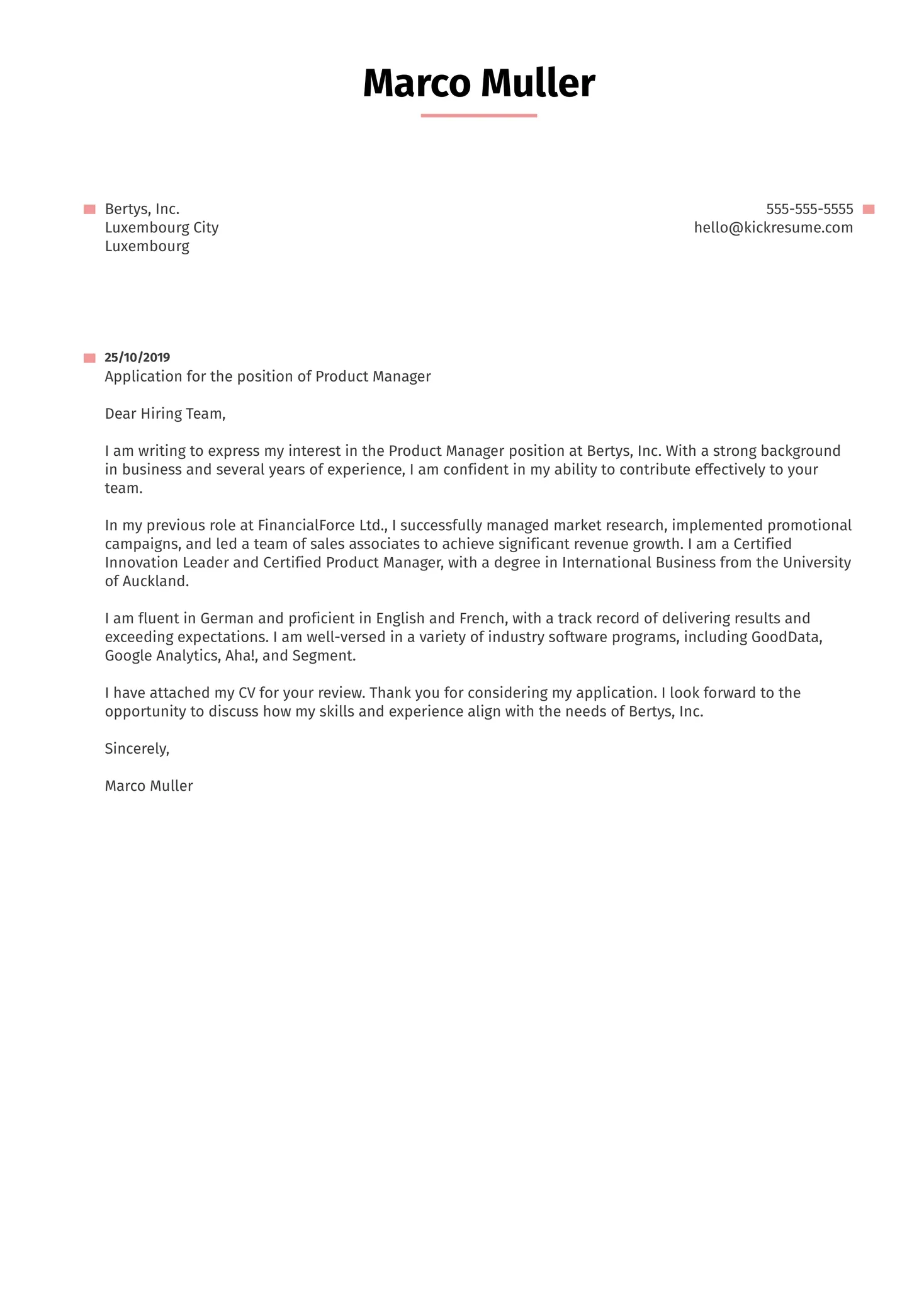Crafting a Powerful Executive Cover Letter
An executive cover letter is your first impression and a crucial tool in a competitive job market. Unlike a resume that simply lists your experience, a cover letter provides an opportunity to showcase your personality, passion, and how your skills align with the specific job and company. It’s a chance to tell your story, highlighting key accomplishments and demonstrating why you are the ideal candidate. A well-crafted cover letter should be concise, compelling, and tailored to the specific role you’re applying for, setting the stage for a successful application. Think of it as your personal sales pitch, designed to convince the hiring manager to invite you for an interview. An impactful cover letter will get you noticed, it is more than just a formality, but a critical element in the hiring process, and it can significantly increase your chances of landing an interview.
Understanding the Purpose of an Executive Cover Letter
The primary purpose of an executive cover letter is to make a strong first impression and entice the hiring manager to read your resume. It’s your opportunity to explain why you are the best fit for the role, beyond what’s listed in your resume. This includes highlighting relevant experiences, demonstrating a clear understanding of the company’s needs, and expressing genuine interest in the position. In addition, a cover letter allows you to address any potential gaps in your resume or to explain career transitions. It also shows that you have taken the time to research the company and understand their mission. By showcasing your personality and communication style, you set yourself apart from other applicants and create a personal connection that can significantly influence the hiring manager’s decision. By carefully crafting your narrative, you are making the case for your unique value proposition.
Highlighting Your Key Achievements
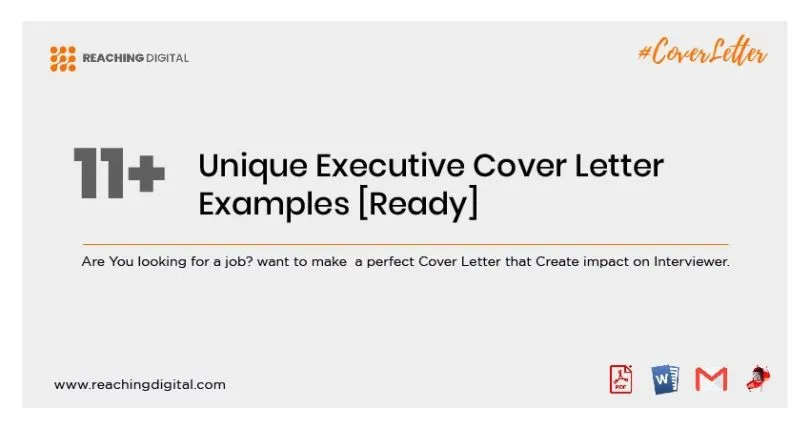
Focusing on your key achievements is essential when writing an executive cover letter. Rather than simply listing your responsibilities, emphasize accomplishments that demonstrate your value and impact in previous roles. Use action verbs to describe what you achieved and how your actions benefited the company. This might include increasing revenue, improving efficiency, or leading successful projects. Each achievement should be specific and backed by data whenever possible. The goal is to show, not just tell, the hiring manager what you are capable of. Select the accomplishments that directly align with the job requirements and illustrate your ability to excel in the role. This approach grabs the attention of the hiring manager, showing them how you can contribute to their organization’s success. Highlighting your key achievements, you make a memorable and persuasive case for your candidacy.
Quantifying Your Accomplishments
To make your achievements even more impactful, quantify them with numbers and data. Use metrics to demonstrate the scale and significance of your accomplishments. For example, instead of saying “Increased sales,” say “Increased sales by 15% in one year.” This provides concrete evidence of your capabilities and allows the hiring manager to understand the tangible benefits you brought to previous employers. Quantifying your achievements adds credibility and shows that you are results-oriented. Include metrics related to revenue growth, cost savings, project completion rates, or any other relevant data that highlights your impact. This is especially effective when the job description requires data-driven results. By quantifying your accomplishments, you provide a clearer picture of your value and make your cover letter more persuasive, making it easy for the hiring manager to see the direct benefits you bring to the company.
Tailoring Your Letter to the Specific Role
Customization is critical for an executive cover letter. Avoid sending generic letters; instead, personalize each cover letter to match the specific job and company. Review the job description carefully, and identify the key skills, qualifications, and experiences the employer is seeking. Then, in your cover letter, highlight how your background aligns with those requirements. Demonstrate that you understand the company’s values, mission, and challenges, and explain how you can contribute to their goals. This requires research and effort, but the results are well worth it. Tailoring your letter shows the hiring manager that you are genuinely interested in the role and that you have taken the time to understand their needs. It also increases your chances of making a strong connection and standing out from candidates who submit generic applications. A customized cover letter demonstrates you’ve done your homework and are serious about the opportunity.
Researching the Company and the Hiring Manager
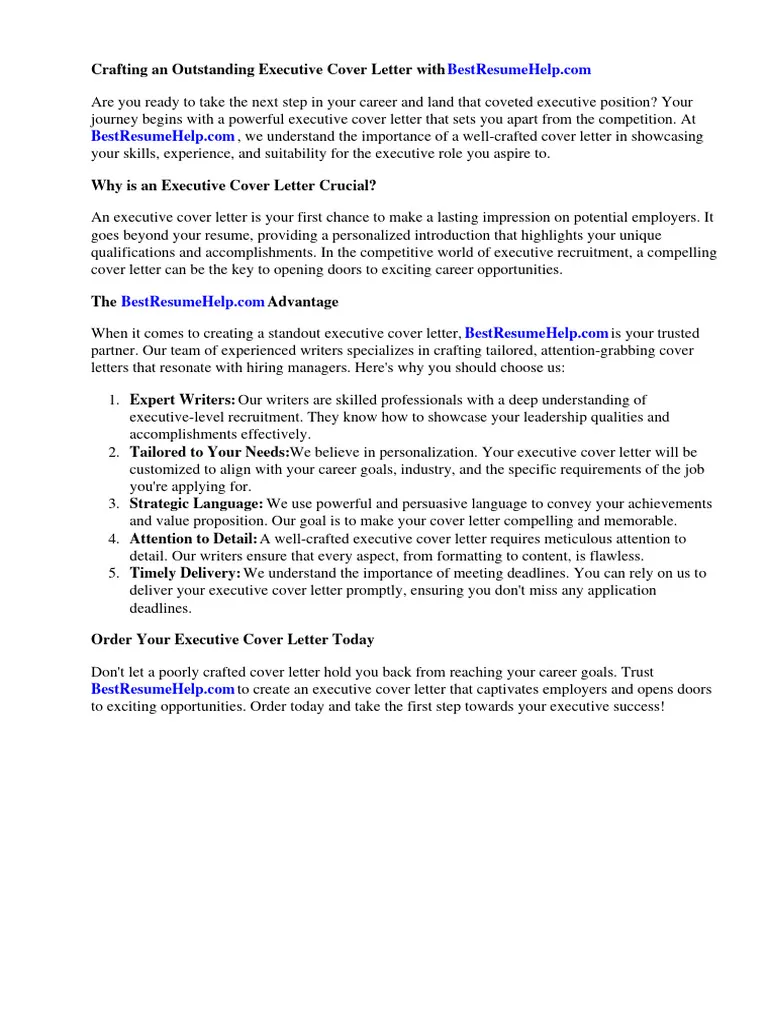
Thorough research is a must for a compelling executive cover letter. Before writing, research the company and the hiring manager. Explore the company’s website, social media, press releases, and any recent news articles. Learn about their products, services, and culture. If possible, find the name of the hiring manager and address the letter to them directly. Understanding the company’s current projects, goals, and challenges will help you demonstrate how your skills and experience can benefit them. Showing that you understand the company’s needs will impress the hiring manager and increase your chances of getting an interview. Researching the hiring manager’s background on LinkedIn or other professional platforms can also provide valuable insights into their preferences and interests. This level of preparation shows your dedication and attention to detail, making your application more memorable and effective. Demonstrating that you understand the company and the specific role will set you apart from other candidates.
Demonstrating Leadership and Strategic Thinking
An executive cover letter should showcase your leadership skills and strategic thinking abilities. Highlight instances where you have led teams, managed projects, or made strategic decisions that positively impacted your previous organizations. Give examples of how you have developed and executed successful strategies, addressed complex problems, or driven organizational growth. Emphasize your ability to think strategically, solve challenges, and make sound judgments. Show how you have inspired and motivated teams to achieve their goals, built consensus, and fostered a positive work environment. Demonstrate that you can see the big picture and align your actions with the organization’s overall objectives. This includes detailing your skills in areas such as planning, decision-making, and risk management. By demonstrating these qualities in your cover letter, you prove that you are a leader who can make an immediate contribution.
Showcasing Your Communication Skills
Strong communication skills are crucial in any executive role, so showcase your abilities in your cover letter. Use clear, concise, and professional language. Ensure your writing is free of grammatical errors and typos. The cover letter itself should demonstrate your ability to communicate effectively, expressing your ideas, and presenting your qualifications in a compelling manner. Use a well-organized structure, and maintain a professional tone. Show how you have communicated effectively with diverse stakeholders, made persuasive presentations, or negotiated successful agreements. By showcasing your communication skills, you prove that you can represent the company and build strong relationships both internally and externally. Your ability to communicate effectively is a vital skill and should be immediately evident in your cover letter.
Formatting and Design Best Practices
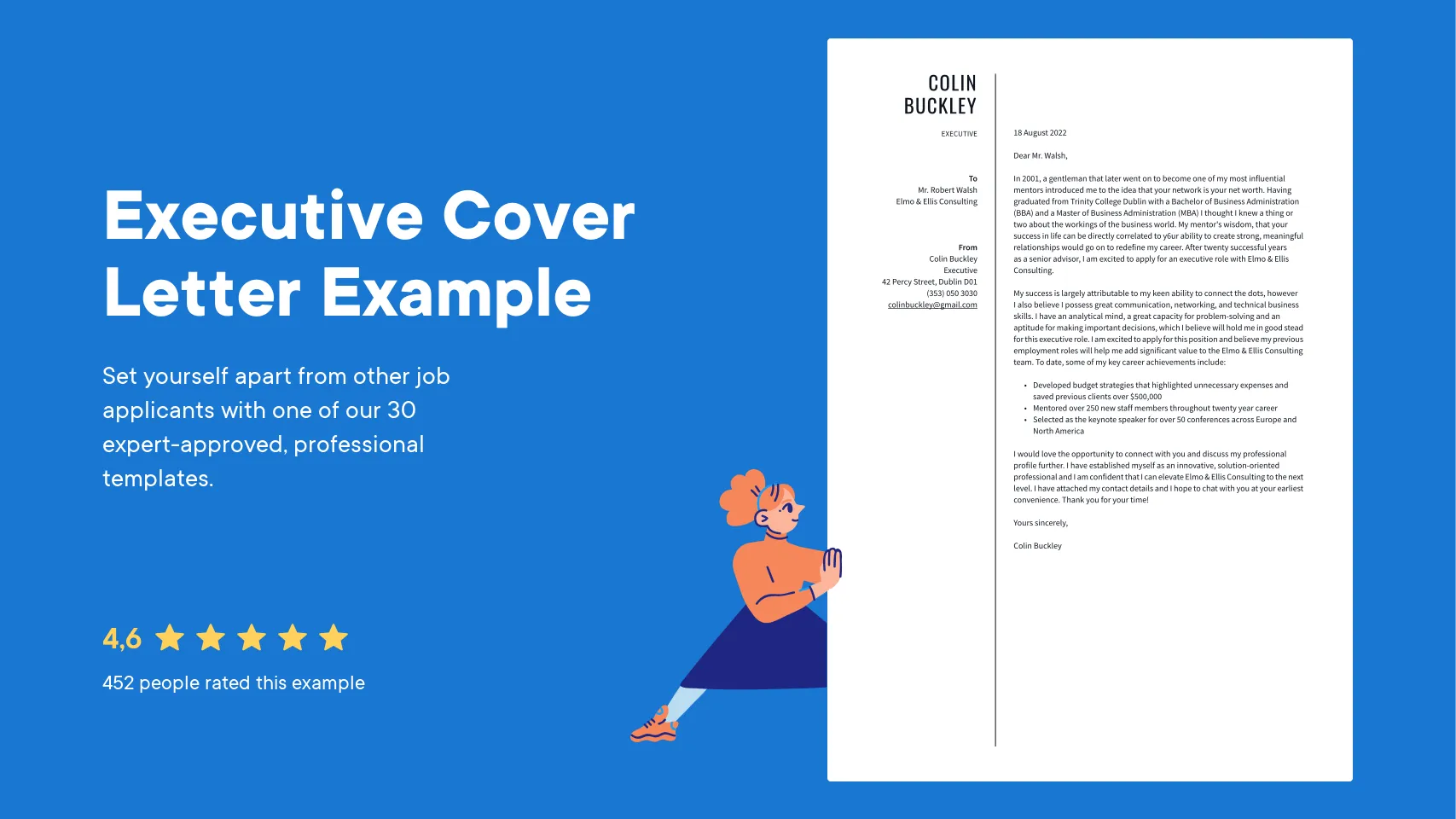
The formatting and design of your executive cover letter are important for readability. Choose a clean and professional font such as Times New Roman, Arial, or Calibri, and use a font size between 10 and 12 points. Use consistent formatting throughout the document. Keep your letter to one page. Use white space effectively to make the content easy to scan. Create clear headings and use bullet points to break up large blocks of text. This improves readability and helps the hiring manager quickly identify key information. You need to ensure the overall design is clean, professional, and reflects your attention to detail. A well-formatted cover letter is visually appealing, and highlights important information, making it much easier for the hiring manager to read and understand.
Choosing the Right Tone and Voice
Your cover letter’s tone and voice should be professional and confident. Maintain a tone that reflects your experience and the seniority of the position. Avoid sounding overly casual or informal. Be enthusiastic but not overly effusive. Tailor your tone to align with the company’s culture and the nature of the role. Use a positive and proactive tone, highlighting your skills and accomplishments in a way that resonates with the hiring manager. If possible, review the company’s website or social media presence to gauge their communication style and adopt a similar approach. The goal is to create a compelling narrative that presents you as the ideal candidate. Your tone will set the standard and will leave a lasting impression on the hiring manager. Choose the right tone to reflect your personality.
Formatting the Letter for Readability
Readability is key for an executive cover letter. To make your letter easy to read, use clear and concise language. Avoid lengthy paragraphs and complex sentences. Use bullet points to highlight key achievements and skills. Create a logical structure with clear headings and subheadings to organize your information effectively. Use a professional font and ensure there is enough white space to prevent the letter from appearing cluttered. Keep the letter to one page. Use headings to break up sections and make it easy for the reader to find specific information. Ensure the formatting is consistent, and the layout is clean and visually appealing. The easier your letter is to read, the more likely it is to capture the hiring manager’s attention and make a positive impression.
Proofreading and Editing Your Cover Letter
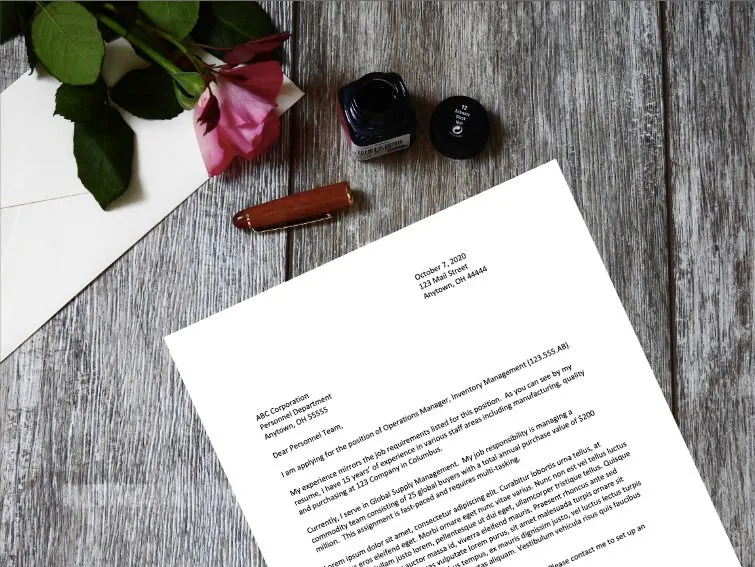
Proofreading and editing are critical steps in the cover letter writing process. Errors, typos, and grammatical mistakes can undermine your credibility. Proofread your cover letter carefully for any errors in spelling, grammar, and punctuation. Read the letter aloud to catch any awkward phrasing or unclear sentences. Have a friend or colleague review your letter for feedback. Consider using grammar-checking software or tools, but always review the results yourself. Ensure that your contact information is accurate and up-to-date. Proofreading and editing demonstrate your attention to detail and commitment to producing a professional application. It is your last chance to ensure your cover letter is perfect. This attention to detail will impress the hiring manager, and will present you as a qualified candidate.
Ensuring Error-Free Content
To ensure error-free content, start by using grammar-checking tools and spell-checkers. However, these tools aren’t foolproof, so manually review your letter for any errors they might miss. Pay close attention to sentence structure, subject-verb agreement, and the correct use of punctuation. Ensure that all names, titles, and dates are accurate and consistent. Make sure your language is clear, concise, and appropriate for a professional context. Read your cover letter aloud to catch any awkward phrasing or unclear sentences. If possible, ask someone else to proofread your letter. Multiple sets of eyes are more likely to catch mistakes. By ensuring your cover letter is error-free, you demonstrate professionalism and attention to detail, which is essential for an executive position. It demonstrates your commitment to quality and makes a strong impression.
Key Takeaways and Final Tips
Crafting an effective executive cover letter is an ongoing process. The primary goal is to showcase your value proposition, and stand out in a crowded field of candidates. Your letter is a vital tool that highlights your qualifications, accomplishments, and cultural fit. Take the time to personalize each cover letter and align your message with the specific role and company. Always proofread and edit your letter carefully, ensuring it is error-free. Consider having a trusted colleague review your cover letter for feedback. Your cover letter is an investment in your career and can increase your chances of getting an interview. Use the tips and strategies to enhance your executive cover letter and improve your career prospects. By following these tips, you can create a cover letter that stands out, captures attention, and ultimately helps you land the job.
Following Up After Submission

After submitting your executive cover letter and resume, it’s important to follow up with the hiring manager or company. Send a brief, professional email a week or so after submitting your application to express your continued interest in the role. Briefly reiterate your interest and highlight your key qualifications. If you have any new information that might be relevant, such as a recent accomplishment, you can also mention it. Be polite and concise in your email, and thank the hiring manager for their time and consideration. Following up demonstrates your enthusiasm and commitment to the opportunity, while also reminding the hiring manager of your application. A timely follow-up can help you stay top of mind and increase your chances of getting an interview. Follow-up is an effective way to show your interest and dedication to the position.
